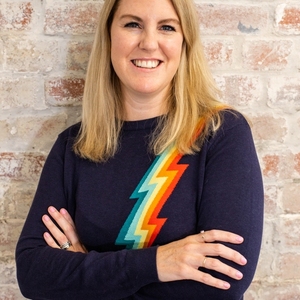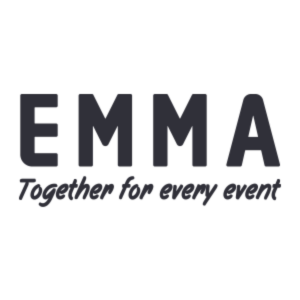Insights
INSIGHTS
All Topics
How to write accessible emails
Email is one of the most powerful marketing tools available to charities. But just how accessible are your emails?
Charities are becoming more mindful about ensuring social media and websites are accessible, but what about email? With 3.7 billion people in the world using email, it’s crucial that your emails are as accessible as possible.
The power of email
Email is such a powerful communications, marketing, and advocacy tool. Compared to social media, email is far more effective at engaging people. According to Campaign Monitor, for example, average email open rates are 25% while only 6% of Facebook users see a post on their timeline.
Think about it. When someone signs up to receive emails, they are saying that they actively want to hear from you. It takes more effort for someone to sign up to an email newsletter than to click ‘follow’ on one of your social media channels. When someone trusts you with their email address, it’s important your emails work hard to keep people opening and reading them.
And with around 16 million people in the UK with a disability - including around 6.3 million with dyslexia and around 340,000 who are blind or partially sighted – it’s crucial that your emails are accessible to everyone who signs up to receive them.
How to write accessible emails
According to email marketing specialist Alex Fearon, a consultant at Maybe Later, many people get caught up in email design and what their email looks like visually. Alex says: “While you can add alt-text to images, screen readers often find other design elements completely undetectable, so you’ve got to make sure your copy alone creates a great email experience.”
Here are some tips to help write accessible emails.
Use simple language
One of the easiest ways to make your emails accessible is to use simple language that is clear and concise. Replace long sentences with shorter ones (ideally 20 words or less), use paragraphs to break up copy, replace difficult words with simpler ones, and avoid jargon and acronyms.
Make sure your subject line is clear and relevant
The first thing a screen reader will read is the subject line of an email, so make sure it’s clear and relevant. Try to ensure that your subject line is ten words or less and that it explains succinctly what the email is about so that the reader can decide if they want to read it or not. Avoid cryptic subject lines.
Also, whilst it can be tempting to use emoji in an email subject line to help it stand out in someone’s inbox, it’s not good for accessibility.
Use headings and lists to add structure
Having headings, paragraphs, and bulleted lists is good practice for web copy. The same goes for email. Having headings means that people can easily scan, both visually and using assistive technology, to what is most relevant to them.
Alex says that charities shouldn’t “be afraid to play with whitespace”. Whitespace is also known as ‘negative space’. It creates space between elements, such as padding around an image or space between paragraphs. It helps create breathing space for the reader and ensures your email isn’t cluttered.
Avoid all caps, fancy fonts, and italics
It can be tempting to use all caps to indicate urgency or to grab attention, or italics or fancy fonts to make a sentence stand out. But doing so is not accessible.
All caps are more difficult to read, for everyone. But it’s particularly frustrating for people using screen readers, as the technology will read out each capital letter rather than the word as a whole.
If your email contains information about a campaign or event that has a hashtag, ensure you use Camel Case to make it easier to read, capitalising the first letter of each word – for example #BreastCancerAwarenessMonth.
Ensure links are descriptive
When adding a link to an email to read a case study on your website or to sign up for a fundraising challenge, make sure it’s as descriptive as possible.
For example, ‘read Sarah’s experience of living on the streets’ tells people if they click on the link, they will be taken to your website to read a story.
Add alt-text to images
If you’re using an image, or images, in your email it is important that you add alt-text for screen readers and other assistive technology, such as text-to-speech software. Alt-text describes the image, in a visual way, for people who are blind or partially sighted. If you’re struggling to describe the image yourself, use ChatGPT to help. Just be sure to read through the copy, edit it if needed, and be mindful of any biases.
Preview your email in dark mode
A top tip from Alex is to preview your email in dark mode. “Due to things like sensitivity and eye strain, some people have dark mode permanently turned on. Often when organisations use brand coloured text, which shows up perfectly on a white background, as standard the email copy becomes virtually illegible in dark mode.”
kirsty marrins
More on this topic
Recommended Products
Recommended Products
Related Videos
Our Events
Digital Fundraising Summit 2024
For the sixth year in a row, we're bringing back an action-packed event filled with Digital Fundraising insights from the charity and tech sectors. Join us on 7th October 2024 for a free, one-day online event featuring informative webinars and interactive workshops.
We use cookies so we can provide you with the best online experience. By continuing to browse this site you are agreeing to our use of cookies. Click on the banner to find out more.



















